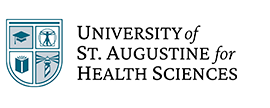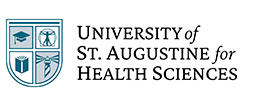

Beyond the Diamond: Byron Campbell’s Path to Baltimore Orioles Physical Therapist
In the high-stakes world of professional baseball, where every pitch, swing and play holds the weight of expectation and competition, there is an individual behind the scenes who plays a crucial role in keeping the players in top form. Byron Campbell, PT, DPT, ATC, CSCS, MDNC, USAHS DPT alum, is a former Division 1 and













